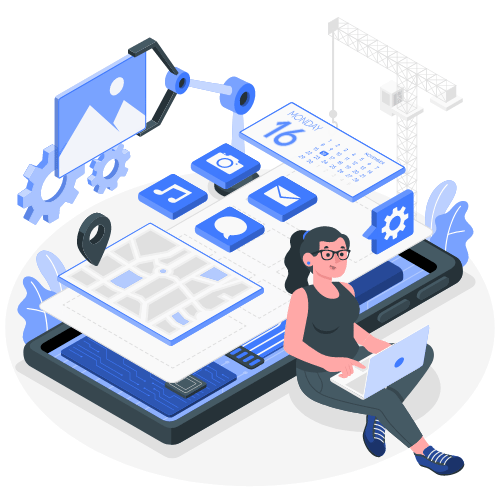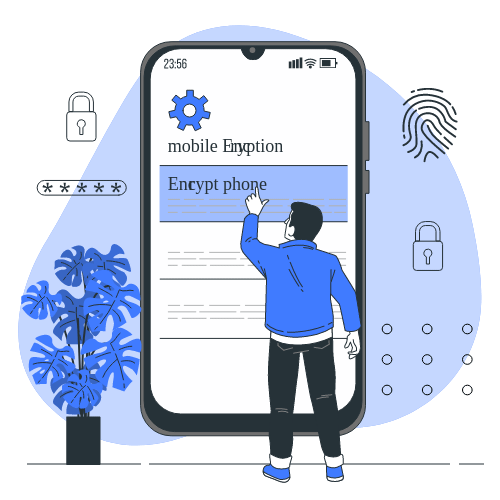

Understand the lifecycle of Android components to manage resource utilization efficiently.
Optimize your code and resources for better performance
Implement data storage using SQLite databases, Hive, or other storage options.


Creating a mobile app using Flutter for the front end and ERPNext as the backend involves integrating the app with the ERP system
Generate a signed APK (Android Package) for distribution.Publish your app on the Google Play Store or other distribution platforms.
Ensure your app is accessible to users with disabilities by following accessibility guidelines.Use version control systems like Git to manage your source code.
Promises a user-friendly interface, exceptional functionality, and an overall excellent mobile experience. It delivers outstanding performance, ease of use, and high-quality experiences directly to the user's fingertips.
Implement a user-friendly and intuitive interface for the retail flow, including features such as product browsing, selection, and checkout.Integrate with ERPNext to fetch product information, inventory levels, and prices in real-time.
Develop a feature for employees to log their attendance within the mobile app.Use ERPNext's APIs to record attendance data and sync it with the ERP system.
Monitor the real-time location of sales representatives.Allow sales reps to check in and check out of customer visits.Track orders and sales generated by each sales representative.Capture and track expenses incurred during customer visits.
Assess overall financial health at a glance. Monitor and categorize daily expenses. Log and categorize sources of income. Ensure the security of financial data.
